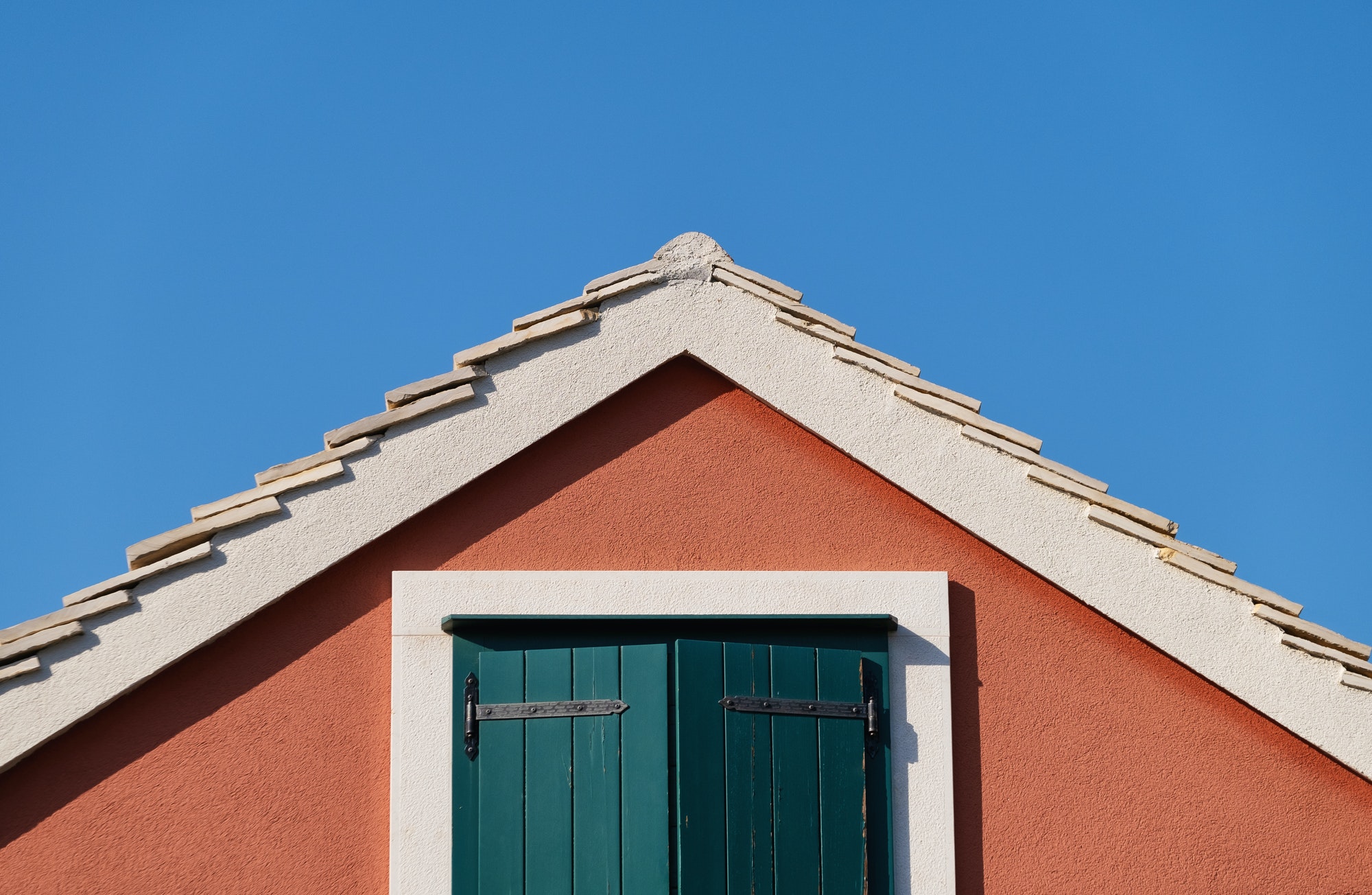Chipped paint ruining your interior design?
While chipped or peeling paint is a nuisance, it can be a pretty easy thing to fix — if you know where to start.
Ready to take on the peeling paint in your home, but aren’t sure where to start? We’ve got you covered.
Here are a few must-have tips to help you get rid of peeling paint and make your wall look like new again.
Get Rid of the Problem
Before you can fix this particular problem, you need to get rid of its source by chipping away all the visibly peeling paint.
Fortunately, removing paint that has already started to separate itself from the wall is a breeze if you have the right tools.
Before you bust out the paintbrushes, use a metal brush or paint scraper to scour away all the loose and peeling paint to ensure a clean, smooth repair.
Make Sure Everything is Smooth
Even after you chip all the peeling paint away, there will likely still be a noticeable ridge that can ruin the look of your repair job. So, before you start repainting, you want to make sure the area is nice and smooth.
If there are any holes, cracks or chips in the drywall, you’ll want to take the time to patch them up with spackle or other filler.
If there aren’t any holes, or once your spackle is dry, sand the area smooth with fine grain sandpaper. Your goal is to have everything smooth and uniform before you apply any new paint.
Keep it Clean
Getting a bunch of dust or debris caught up in your paint can leave your final product looking rough or uneven. So, before you start painting over your repaired area, you want to make sure you wipe everything down.
By wiping everything down, you’ll leave yourself with a clean and smooth surface that will help your repair look that much more seamless.
Use Primer
After you spend so much of your time fixing peeling paint, you want to make sure you do everything you can to prevent it from peeling again.
And, one of the easiest ways to do that is by using a primer before repainting the area.
Primer can help control moisture levels and will improve paint’s ability to adhere to the wall. Using primer can also help to ensure that the tone of the fresh coat of paint matches the rest of the area, so your final product will look more seamless.
Go Overboard
Odds are the color of the paint you use will not match the wall perfectly — and that’s ok, as long as you take a few steps to counteract the difference in hue.
If you only paint over the area you fixed, you’ll probably wind up calling more attention to it. So, hide your repair in plain sight by repainting a large portion of the area around your patch job.
By painting a larger area, it will be harder to notice the change in tone, and your repair will be less noticeable.
Taking Care of Peeling Paint
When it comes to fixing peeling paint, your goal should always be to make your repair as unnoticeable as you can, which is easier said than done.
But, by following these helpful tips, you’ll be able to take care of any peeling or chipped paint in your home and get your walls looking pristine in no time.
Are you looking for more DIY or homecare tips, tricks, or advice?
Check out the rest of our blog for more helpful articles.
Discover more from Futurist Architecture
Subscribe to get the latest posts sent to your email.




